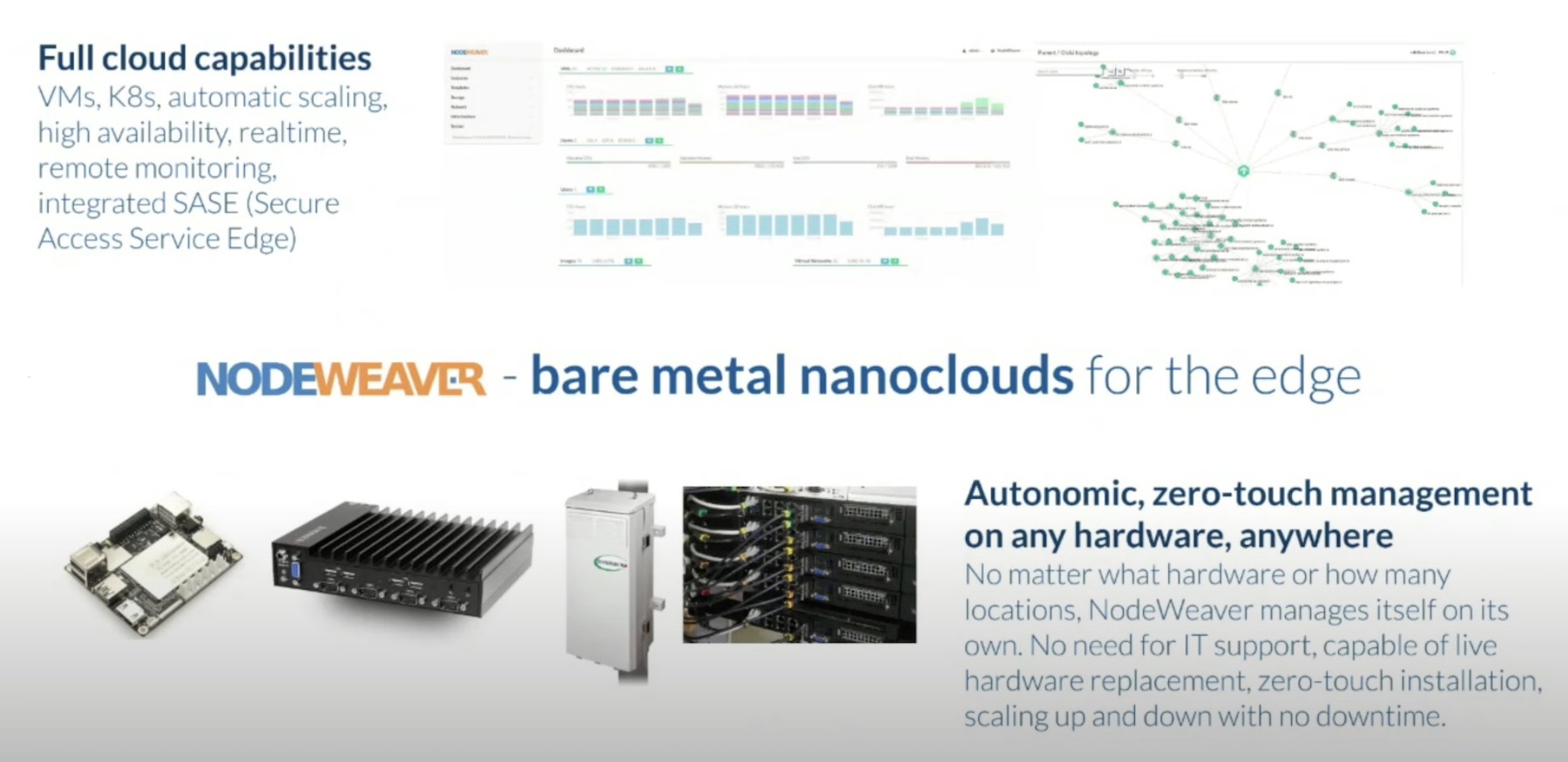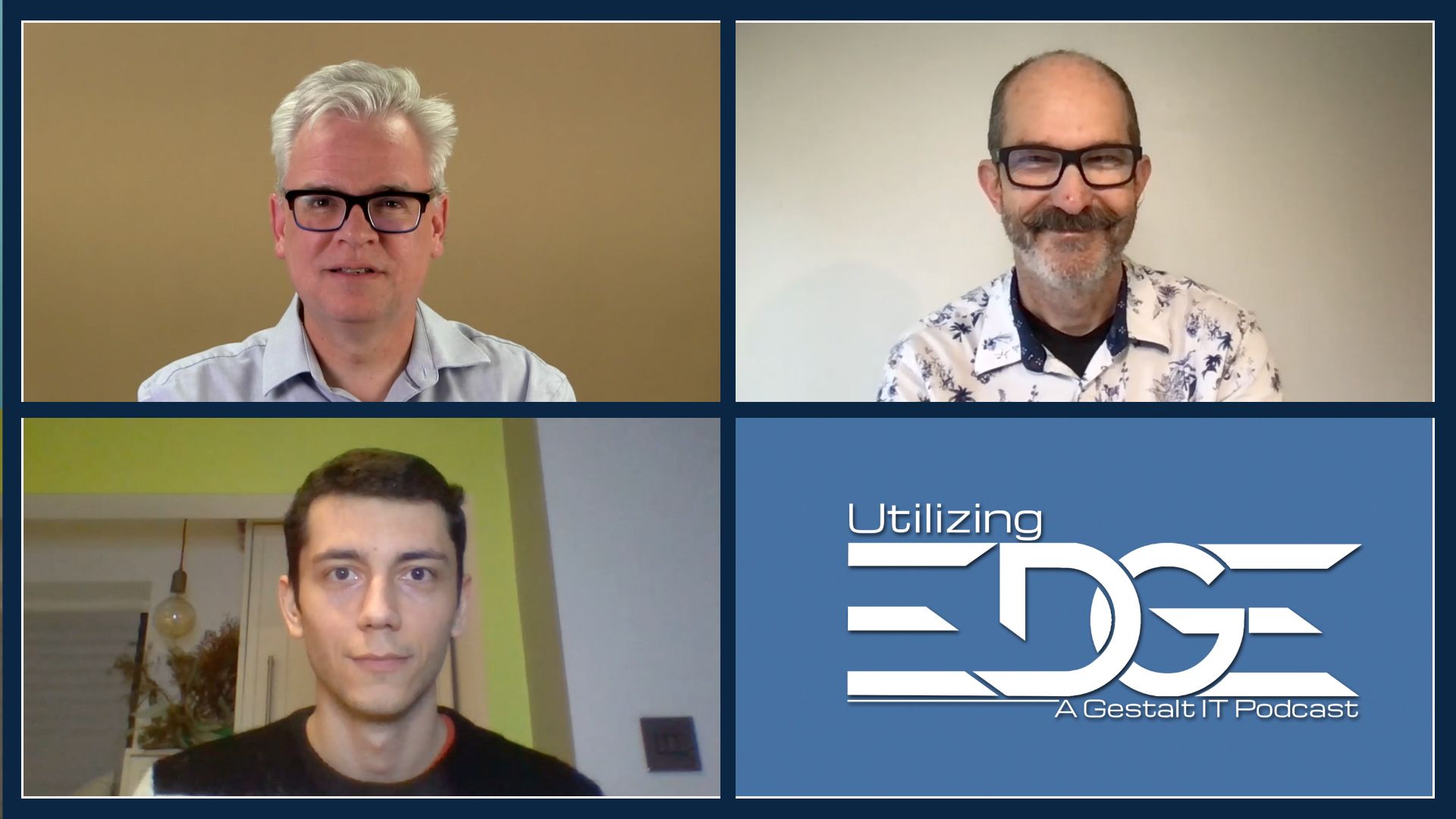Businesses all over the world are struggling to grasp the confounding complexities at the edge. Although the world at the edge had always existed in the form of shops and stores, the recent infusion of technology at these sites has forced businesses to engage with IT solutions in a way that is new and precipitous.
The Edge Is Everywhere
There is a growing concern that the cornucopia of advantages that the edge promises is slipping out of hands of companies that are not at tech’s leading edge.
CIOs say that managing edge infrastructures at scale is becoming increasingly expensive, requiring high-level of expertise on-site, leaving many companies unable to leverage the merits of the edge.
The problem they say is scattered geographies and distances across which edge’s nano-scale environments are spread. The administrative burden of operating distributed environments in far and away places, doubled by the growing heterogeneity of the application pool puts increasing pressure on enterprises to hire more skills, and amp up their IT investment to compete.
Ending the Struggle at the Edge
Keen to share his view on this is Carlo Daffara, CEO and Co-founder of NodeWeaver. Mr. Daffara has a vaunted career at the European Commission which spans 26 years.
Appointed director of research, Mr. Daffara and his team has spent years building prototype technologies to uplift small-scale companies in rural Europe, enabling them to grow IT resiliency.
The research behind NodeWeaver’s development comes from the same people. NodeWeaver was initially funded by the European Commission that still finances its tests and betas. Drawing on homegrown innovations, about 2 to 3 years ago, NodeWeaver was born and launched commercially in the market.
“Lots of companies are struggling to adopt the edge because it is complex. It’s complex because it’s geographically distributed – you have lots of applications, not to mention geographical restriction in terms of legal requirement,” said Mr. Daffara.
NodeWeaver helps obscure these complexities in the edge infrastructure, increasing businesses’ prospects for success.
The edge infrastructure constitutes countless small compute clusters spread across distributed locations. Managing these clusters in a low-touch, unified fashion can solve a lot of the problems at the edge.
NodeWeaver tunes the underlying design with a rich feature-set powered with automation and self-healing capabilities, so that it does not feel like steering straight into a hurricane for companies that do not have much IT skills at hand.
“Having a platform that is able to do everything out-of-the-box, maybe 99% of what you need, leaving you to compensate for the remaining 1%, means that companies are able to start using just a part of the platform and then expand its use,” he explained.
Edge-Enabled, with NodeWeaver
NodeWeaver ties together storage, networking and virtualization all into a single solution. It is a thin, software-defined operating platform that serves as an execution layer, packing deployment, secure remote access, orchestration, and autonomous hardware management capabilities.
Being ultra-light, NodeWeaver can do more with less. “Consider that we do everything – software-defined storage, software-defined networking, orchestration, remediation, monitoring and management in slightly over 1 GB of memory, and less than one physical core,” informs Mr. Daffara.
NodeWeaver’s customers include companies that run applications in system-on-chip devices with the smallest memory.
Running on bare metal, it is highly extensible and agonistic to hardware. The platform runs on any x86-based system.

“You don’t have to ship it before installing, change configurations or do anything outside of the fact of being able to boot,” says Mr. Daffara. “It’s designed to run on embedded systems, fanless machines, but it can also run on traditional datacenter hardware from multiple manufacturers,” he added.
Being vendor-neutral, the platform can convert any hardware stack into what NodeWeaver calls a “nano-cloud” that behaves like a traditional cloud.
NodeWeaver has a predictable scale-out model that enables customers to sidestep hefty up-front investments. They can start with an infrastructure of a suitable size matching their current workload, and expand as they go by adding nodes, one at a time.
All hardware is managed by NodeWeaver.
Zero-Management
At the core of the NodeWeaver platform runs an autonomy engine that virtualizes and manages the resources and properties of the physical hardware.
One of the things that separates NodeWeaver from other like solutions is that it guarantees high availability without human intervention. High availability is maintained with self-healing properties. Injected at various layers of the infrastructure, these perform auto-remediation preventing a component failure from impairing swathes of the grid, or cause downtime to applications.
NodeWeaver is autonomous at scale. Deployment, management and orchestration of the infrastructure and applications are self-driven and automated for the most part. This allows thousands of compute clusters to be managed programmatically instead of manually.
It’s zero-touch deployment model performs installation sans keyboards or monitors. “Just plug in a special USB key which is universal and works for all the deployments out there, and the system will do all on its.”
The NodeWeaver app Marketplace provides a selection of pre-made application stacks and service templates that can be downloaded, and deployed with a single click.
When it comes to workloads, NodeWeaver is equally agnostic. Its computing layer supports all applications, be it virtual machines, Kubernetes applications, or real-time workloads.
“This kind of ability of run any kind of workloads is fairly important in our vertical,” says Mr. Daffara.
In Conclusion
A wellspring of innovations, the edge is redefining what’s possible, and will eventually power new generations of cutting-edge products and services. But as many early adopters have faced and many still do, there are several missing pieces without which organizations cannot bring the edge to realize their strategic vision, nor drive up business returns.
NodeWeaver brings the cloud experience to the edge. By making edge environments simpler to manage, and inexpensive to own with a zero-touch fabric, it makes it possible for any organization to harness hyperscale-like technologies at the edge and still enjoy low housekeeping. NodeWeaver’s autonomic capabilities of deployment, management, monitoring and orchestration, offload management overheads and eliminate operational nightmares. In a very true sense, it makes every edge environment a “nano cloud”.
Check out NodeWeaver’s website for more information on the platform. For more stories like this one, keep reading here at Gestalt IT.




